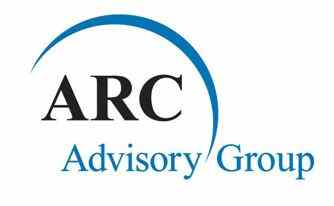

 Allen Gray joins the Smart City Podcast to discuss low-cost low impact transportation solutions, as well as a variety of other topics , including supercapacitors.
Allen Gray joins the Smart City Podcast to discuss low-cost low impact transportation solutions, as well as a variety of other topics , including supercapacitors.
Listeners will learn about:
The episode and a full transcript is here.
Allan explores the details of the socioeconomic and cultural ecosystem in the Philippines. In particular, he details the factors that led SunE to develop a three-part integrated transportation system.
This unique SunE system is comprised of.
These three integrated parts form a complete SunETrike solar electric transport solution. This system makes the sunEsolution a profitable business for Filipino entrepreneurs.
These low-speed electric tricycles outperform most other vehicles for last mile transportation of people and cargo. They each have capacity to carry up to seven passengers or 500 kg of freight, with top operating speeds of 50 kmh. The trikes can travel approximately 40 km per battery charge, depending on weight and hills, and that range can be doubled by swapping discharged batteries with fully charged ones.
Under normal operations, one battery set is charging with solar energy while the other set operates in the E-trike. The extends the operating range of the system and eliminates downtime during the charging phase.
The solar hybrid charging system powers sunEoperations. A sunEstarter kit includes 4 kW of solar electric generating capacity. Approximately 25m2 of roof space are needed to fit all the panels.
Thus, this innovative low Capex application allows transportation operators to filed a low cost, environmentally friendly solution to users across the socioeconomic strata.

